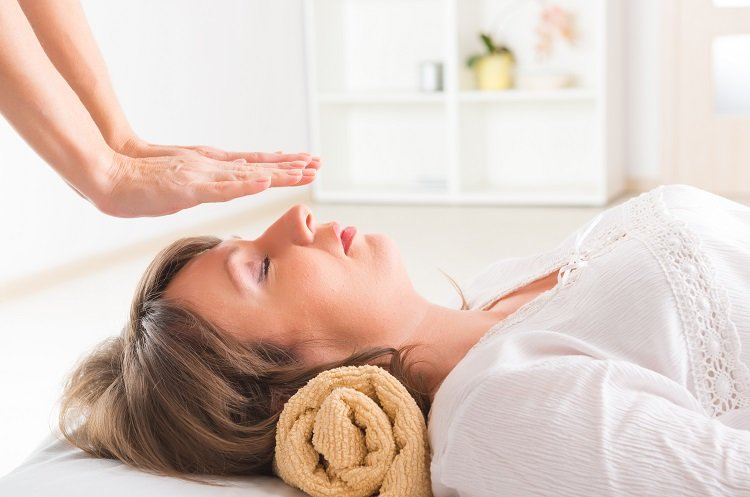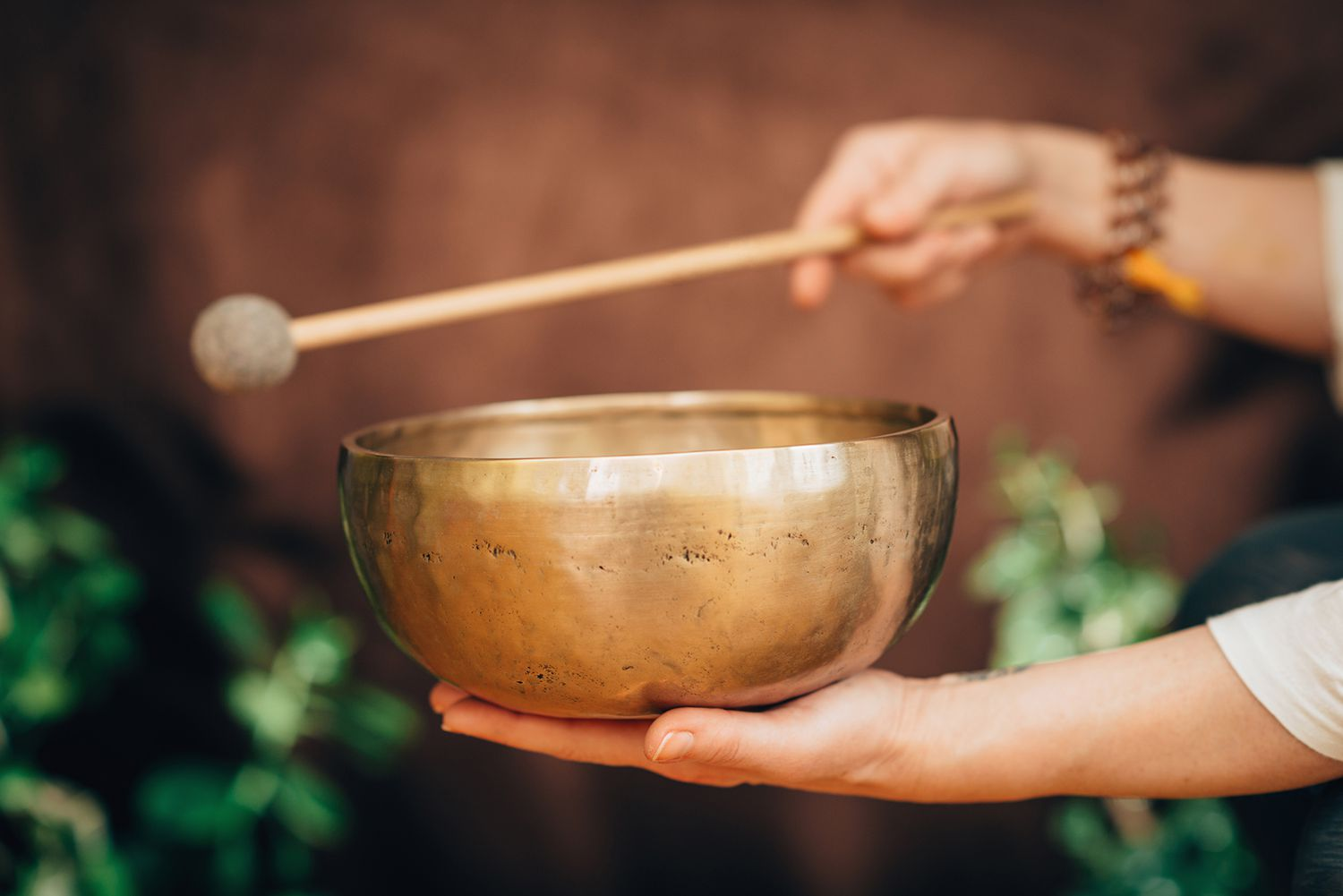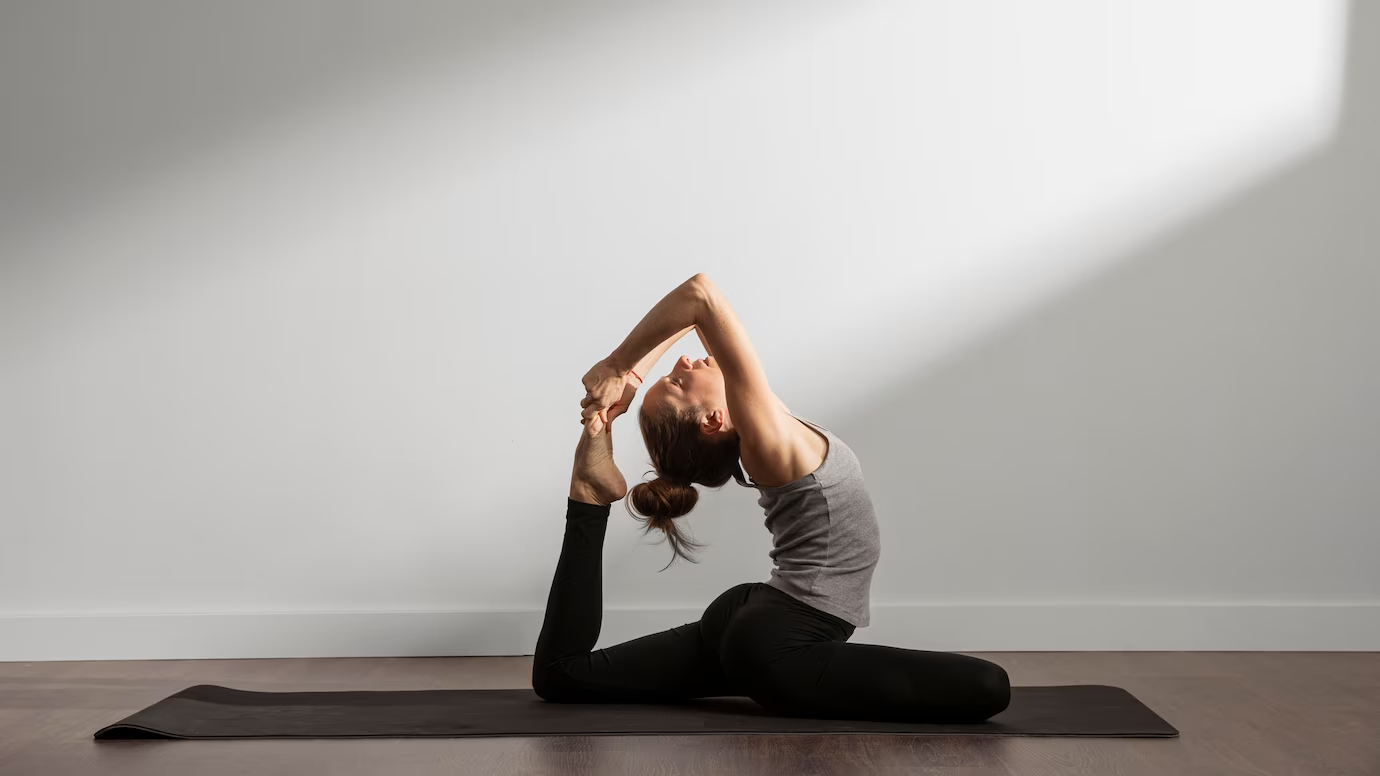Discover Your Perfect Healer Today!
Our online practitioner directory connects you with a wide range of healers to suit your unique needs.
Easily search and find the right professional to support your wellness journey.
Start exploring today to find your perfect match.
Modality
Disease
Books
Products
Events
Training
Blogs
Functional Medicine
Getting Started with Functional Medicine: A Beginner’s Guide
Functional medicine is a form of treatment that seeks to improve health by treating the underlying causes of medical conditions instead of masking the symptoms. ...
Read More → Written by
David Brown
Dietician
Steps to Becoming a Dietitian Practitioner: A Comprehensive Guide
Self-education, practice, and professional certification make the process a journey worth undertaking. Their most troubling concerns in relation to the process are some of the ...
Read More → Written by
John Smith
Energy Healer
Empowering Your Journey: Becoming a Certified Energy Healer
One has to engage in self-evaluation, undergo training, and pledge to live a holistic lifestyle this involves becoming an energy healer. There is a need ...
Read More → Written by
David Brown
Sound Healing
Sound Healing: How Long Does It Take to Feel the Harmony
The ancient practice of using sounds to create a sense of harmony between the body and mind has gained popularity in recent times among people ...
Read More → Written by
Michael Johnson
Chiropractor
Chiropractic Care: Principles, Practices, and Potential
Chiropractic treatment is a complementary healing method that concentrates on diagnosing and managing mechanical disorders of the musculoskeletal system, mainly the spinal column. It has ...
Read More → Written by
Lily
Supporting Page
Starting Yoga: A Beginner’s Comprehensive Guide
Yoga, an ancient practice that involves the combination of physical postures, breathing exercises, and meditation, has gained global popularity as a holistic approach to well-being. ...
Read More → Written by
Michael Johnson






